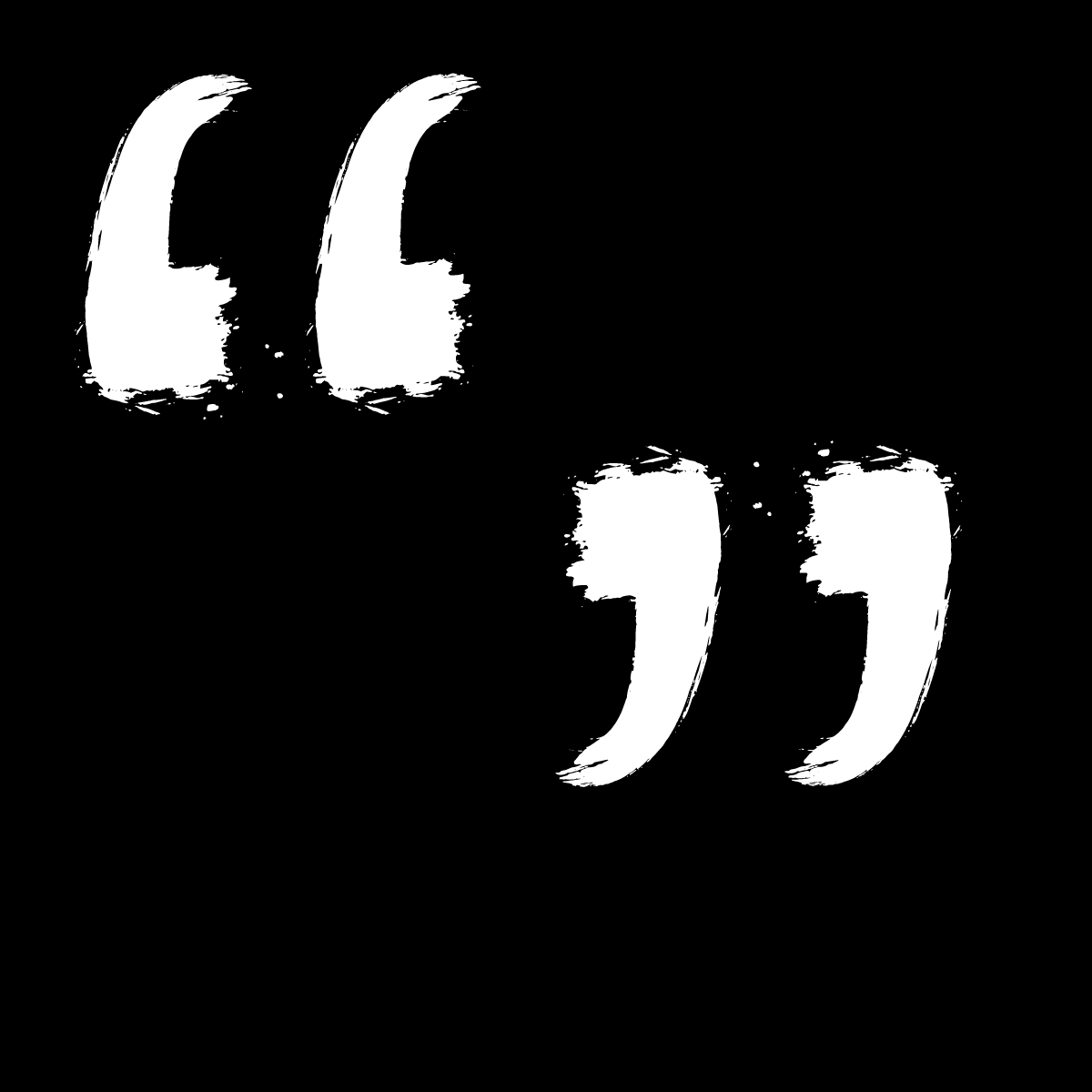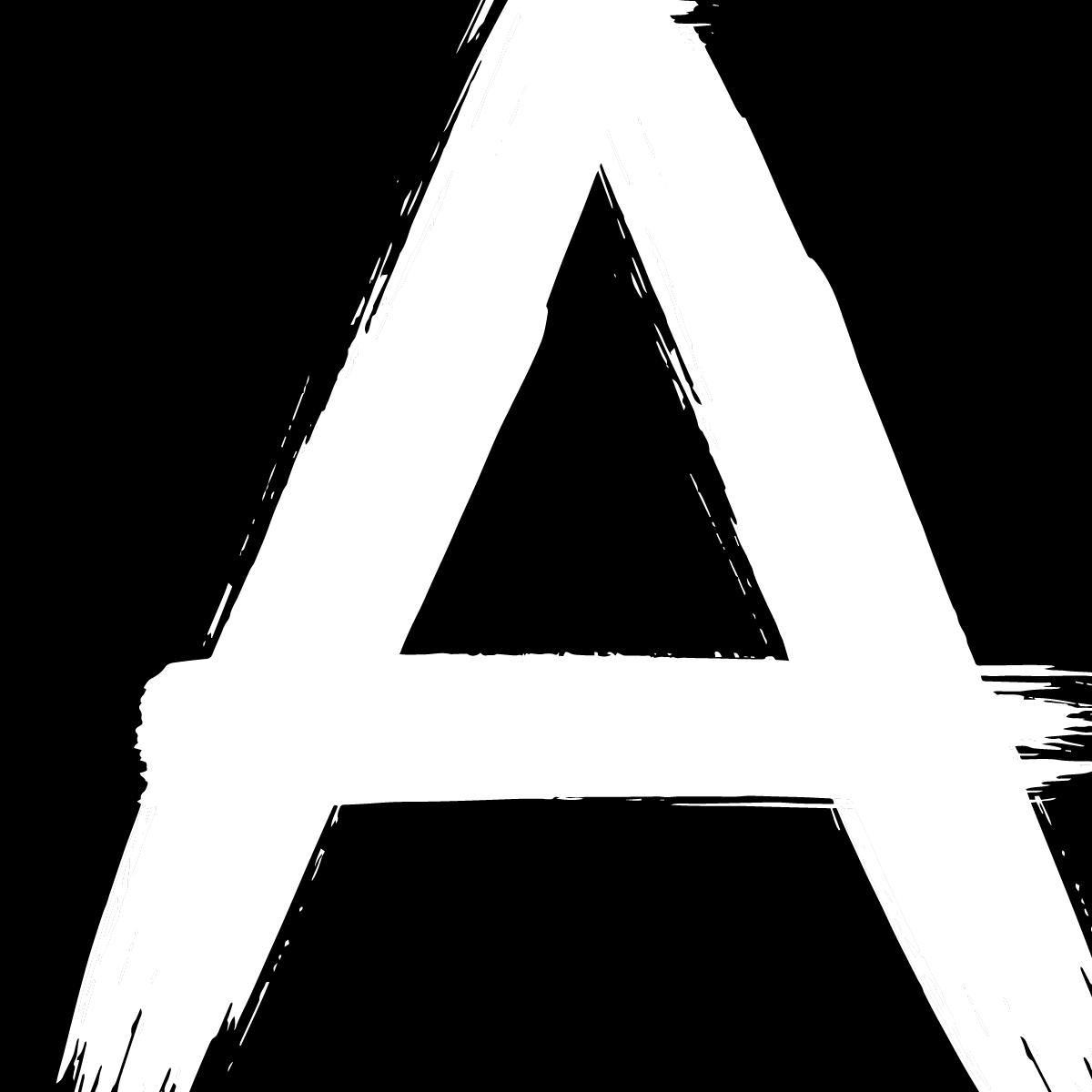Virginia Woolf and the Semicolon
Virginia Woolf
and the
Semicolon
Creative use of the semicolon can encourage the reader to slow down and appreciate meaning in more depth
Sarah Pradolin
A Walk Down Memory Lane
How Virginia Woolf Used the Semicolon
It is extraordinary the power that the use of punctuation holds over a piece of writing or reading experience. Exploring the semicolon’s origin and the varying ways an author can use it is a fascinating journey. Take Virginia Woolf, a well-renowned author who employs an abundance of semicolons throughout many of her books, including Mrs Dalloway. Her use of them within the story is a brilliant example of how to apply semi-colons creatively and encourage the reader to slow down and understand the weight of her words. When you look close enough, you will soon discover the profound impact that a semicolon has on a sentence, paragraph and page.
To provide a little more context on the semicolon let’s touch briefly on its history:
The semicolon found its humble beginnings in Ancient Greece as a sort of question mark. This eventually fell out of style and for many hundreds of years, the record on these pesky punctuations becomes spotty.
In an article titled ‘The Semicolon—Sassy and Snooty—Rules and Uses’, Cynthia Calhoun breaks down the history of the semicolon in an engaging and entertaining way, identifying the semicolon as a ‘she’. Calhoun highlights how: ‘An emergent character of the Renaissance era, she began to make her appearances just two years after Spain sent Columbus overseas’. Then in 1494, ‘Aldus Manutius, a printer and scholar of the classics, brought them back into the world, but with a function more like what we see today’. A picture of history is beginning to form; the use of punctuation within language is an exploration that aids to progress and unveil the world we know today. His predominant use for them was ‘to highlight separate but interdependent statements’.
The semicolon indicates a pause and ‘is exactly what it looks like, a subtle hybrid of colon and comma’. It can be used in a variety of ways but has three main uses: to separate items in a list with internal commas; to join two clauses in cases where another comma may be confusing; to join two independent clauses that are closely related.
The semicolon is a practical and effective punctuation mark used to ‘bring elegance and variety to your writing’. It creates contrast and allows the language to flow freely without the reader needing to pause and interpret the intent of a particular sentence. Sometimes sentences are too long or short. There are even instances, where two lines would work quite nicely together, if only there was a semicolon placed in between them. Altering the structure of a sentence forms a seamless flow of words for the reader. For this to work effectively, the two sentences you bring together need to be related to one another, otherwise it will be confusing for the reader. If they become separated, it still needs to make sense. Additionally, when one part of the sentence answers a question raised in the other, that is when you use a colon (:) instead of a semicolon.
Year in year out she wore that coat; she perspired; she was never in the room five minutes without making you feel her superiority, your inferiority; how poor she was; how rich you were; how she lived in a slum without a cushion or a bed or a rug or whatever it might be, all her soul rusted with that grievance sticking in it, her dismissal from school during the War—poor embittered unfortunate creature!
Virginia Woolf’s Mrs Dalloway ‘contains well over 1000 semicolons’ and is renowned as a novel that divulges an authentic stream of consciousness to the reader. ‘Woolf’s profligate employment of
semicolons propelled her stream-of-consciousness style, allowing her to pile thought upon thought without unnatural break or studied conjunction.’ There is a poignancy to Woolf’s writing and the way she incorporates semicolons. The reader feels a sense of intimacy with her words as she allows her thoughts to flow freely—one sentence running alongside another—again and again. Interestingly, ‘Woolf uses them to juxtapose seemingly contradictory feelings, letting them painfully weigh against each other, or to follow a scrambled thread of thought’. As the reader, you need to slow down and pay attention to each word she writes, re-reading certain sentences to fully grasp the meaning of them. The ‘overuse’ of semicolons allows Woolf to do this effectively, burying independent clauses in her long sentences to disarm the reader.
“The reader feels a sense of intimacy with her words as she allows her thoughts to flow freely–one sentence running alongside another–again and again.”
Woolf takes an idea and runs with it, each word carrying weight. If not for her quantity of semicolons, her words would not bear the amount of meaning they do. In an essay titled ‘An Approach to the Language of Mrs Dalloway’, Dr Enrique Alcaraz Varò outlines how ‘the abundant use of the semicolon is striking, and I believe “the writer has attempted to use it to represent a special intonation curve, half- way between the rising curve produced by the comma, and the falling curve produced by the full-stop”’. It is clear within Mrs Dalloway that Woolf was navigating her way through a new era of writing, capturing an altered portrayal of a character. When using punctuation such as the semicolon, it is important to give it purpose among words and not simply its presence. Woolf’s use of semicolons tells the reader to pay attention, that without doing so they will become lost and never understand her intent.









